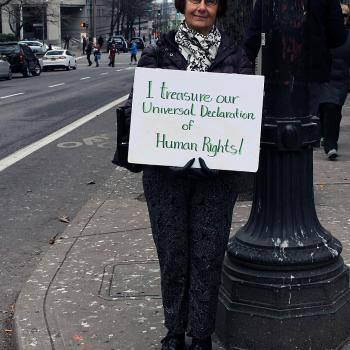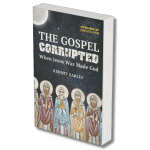The first Hindu elected to the House of Representatives, Tulsi Gabbard of Hawaii, will take the oath of office in a few weeks – and she has chosen to place her hand on the Bhagavad Gita, a sacred text of her tradition. Meanwhile, the woman she replaces in Congress, Mazie Hirono, will be sworn in as the first Buddhist elected to the U.S. Senate.
Welcome to the new religious America.
Religious diversity, of course, has long been part of the American landscape. But in 2012, religious minorities became newly visible and vocal in a society historically dominated by the symbols, values and leaders of the Protestant faith. Now that Protestants are no longer in the majority – as reported in a study released by the Pew Forum in October – even the term “religious minority” will need fresh definition in our newly minted minority-majority nation.
The electoral victories of Gabbard and Hirono are just two of many recent signals that demographic shifts and changing attitudes are rapidly transforming America’s increasingly crowded public square.
Consider, for example, that for the first time in our history, none of the presidential or vice presidential candidates of either major party was a white Protestant. Even more remarkable, the Mormon candidate not only received nearly half of the popular vote, but Mitt Romney was also supported in large numbers by evangelical voters who polls previously told us would not vote for a Mormon.
Read the rest here















